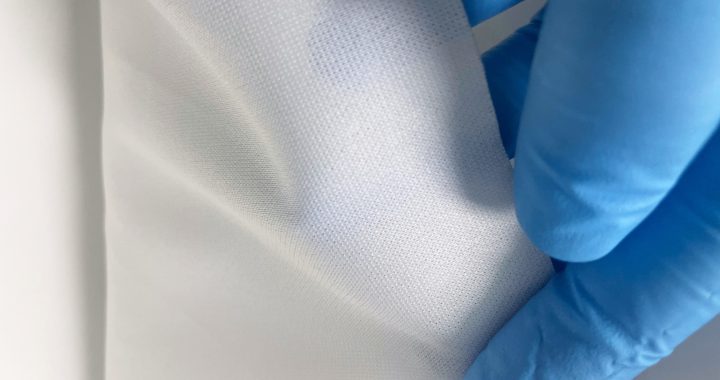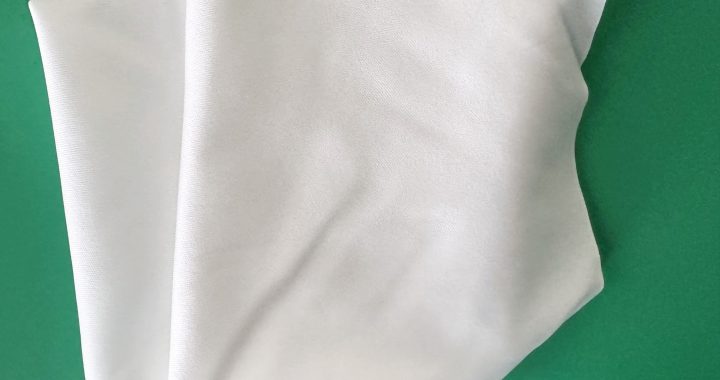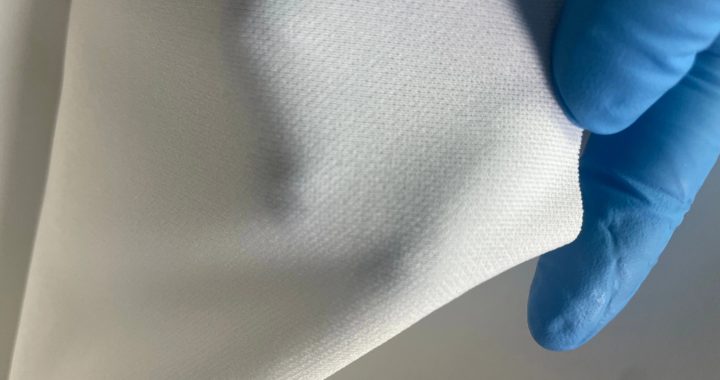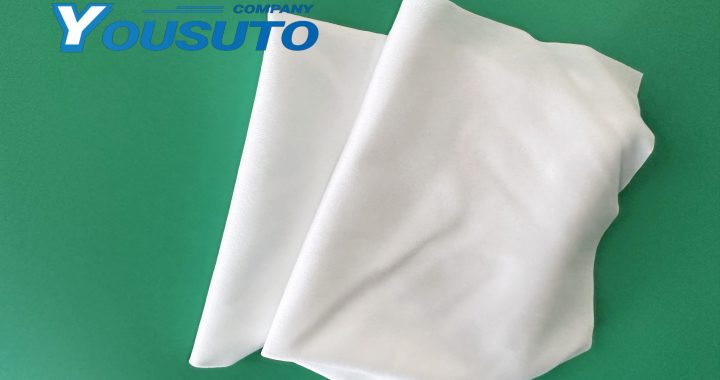IPA (Isopropyl Alcohol) wipes are widely used for cleaning sensitive equipment and surfaces in labs, electronics, and cleanrooms. Proper procedures ensure effective cleaning and safety.
Key Features:
-
Quick Drying: Evaporates rapidly, leaving surfaces residue-free.
-
Lint-Free: Prevents fiber shedding on delicate components.
-
High Absorbency: Efficiently removes dust, oils, and residues.
-
Antistatic Properties: Reduces electrostatic discharge (ESD) risks.
Usage Process:
-
Preparation: Wear gloves and ensure surfaces are free from loose debris.
-
Pre-Moistened Wipes: Use IPA-soaked wipes for consistent cleaning without oversaturation.
-
Unidirectional Wiping: Wipe in one direction to avoid redepositing particles.
-
Sequential Cleaning: Replace wipes as they become contaminated to maintain efficiency.
Applications:
-
Electronics: PCBs, connectors, and sensitive devices.
-
Laboratories: Instruments and benches requiring contamination-free surfaces.
-
Optical Equipment: Lenses, mirrors, and precision sensors.
-
Cleanrooms: Maintains Class 100–1000 standards efficiently.






